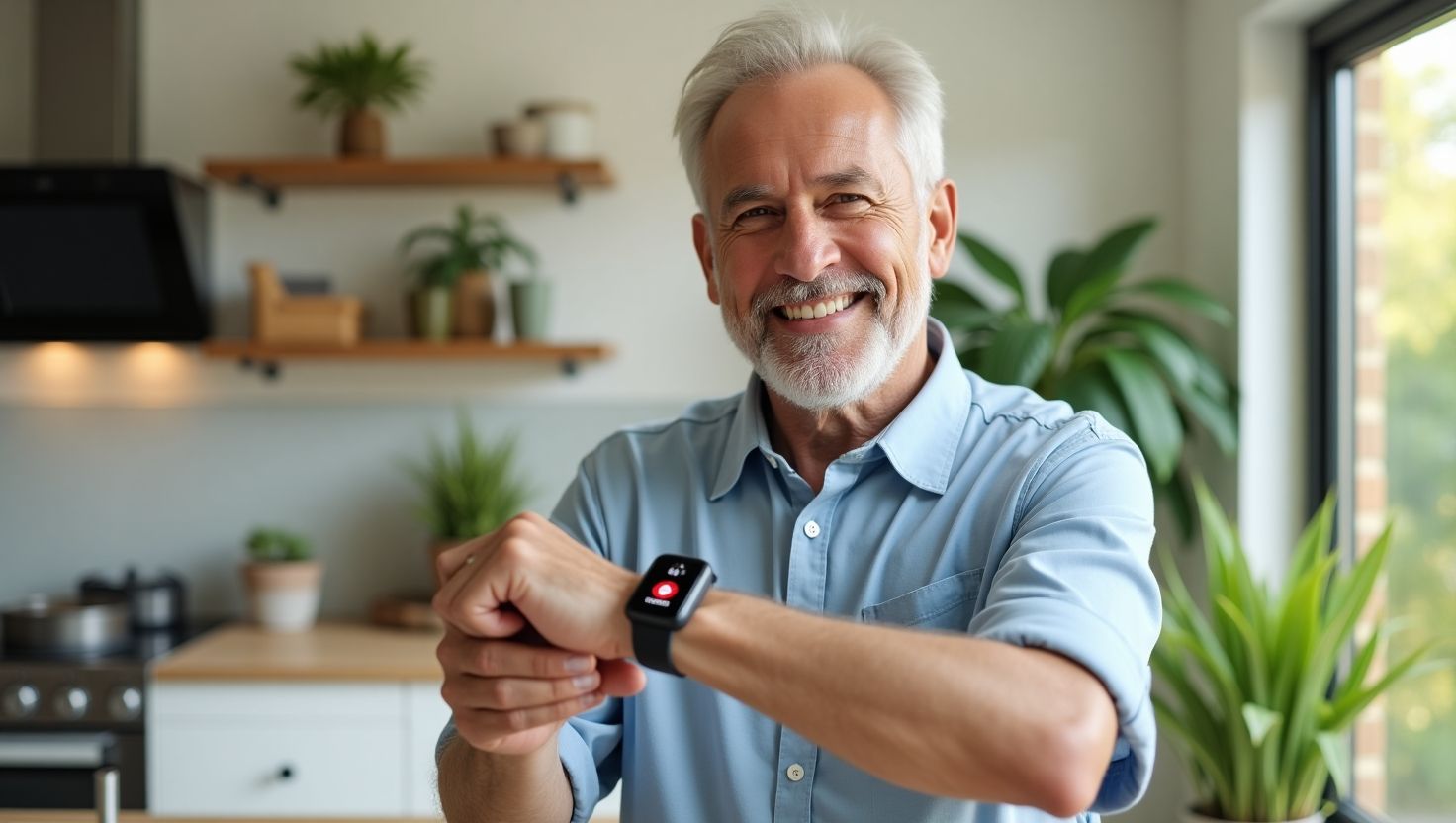Top 5 Types of Medical Alert Systems You Should Know About
Top 5 Types of Medical Alert Systems You Should Know About
Medical emergencies can happen at any time, and having the right support system can make the difference between life and death. For seniors and individuals with health conditions, medical alert systems provide essential peace of mind and immediate access to help when needed most.
These life-saving devices have evolved significantly from simple panic buttons to sophisticated systems that offer comprehensive monitoring and support. Understanding the different types available helps you make an informed decision about which system best fits your lifestyle and needs.
This guide explores the top five types of medical alert systems, their key features, and how they can enhance safety and independence for seniors and their families.
Type 1: Wearable Medical Alert Systems
Wearable medical alert systems represent the most traditional and widely recognized form of personal emergency response systems. These devices include pendants, bracelets, and specialized watches designed to be worn continuously throughout the day.
Key Features of Wearable Systems
The primary advantage of wearable medical alert systems lies in their constant accessibility. Users can activate these devices with a single button press, instantly connecting them to a monitoring center staffed with trained professionals available 24/7.
Most wearable systems feature two-way communication capabilities, allowing users to speak directly with emergency responders through the device or a connected base unit. This direct communication helps operators assess the situation and determine the appropriate level of response needed.
These systems are popular among seniors enrolled in Vanderbilt home care services, those living in assisted living communities in Utah
Type 2: In-Home Medical Alert Systems
In-home medical alert systems center around a base unit that connects to your home's landline or cellular network. These systems typically include a wearable component that communicates with the base unit, extending coverage throughout your home and immediate surrounding areas.
How In-Home Systems Work
The base unit serves as the communication hub, featuring a speaker and microphone for two-way communication with monitoring services. When activated, these systems automatically dial the monitoring center, where trained operators can assess the situation and dispatch appropriate help.
Most in-home systems offer extended range capabilities, typically covering homes up to 1,000 to 1,500 square feet. This range usually includes outdoor areas like patios, gardens, and driveways, protecting common activities around the home.
Ideal Users for In-Home Systems
These systems work best for individuals who spend most of their time at home and have predictable daily routines. They're particularly suitable for seniors who may have limited mobility or those recovering from medical procedures who need reliable access to help while maintaining independence.
In-home systems often cost less than mobile alternatives, making them an attractive option for budget-conscious families. They also typically offer the most reliable connection quality since they use dedicated base units rather than relying on cellular networks that may have coverage gaps.
Type 3: Mobile Medical Alert Systems (mPERS)
Mobile Personal Emergency Response Systems (mPERS) represent a significant advancement in medical alert technology. These GPS-enabled devices provide protection anywhere cellular service is available, making them ideal for active seniors who frequently leave their homes.
Advanced Features of Mobile Systems
Modern mobile medical alert systems incorporate GPS tracking technology that automatically provides location information to emergency responders. This feature proves invaluable when users cannot communicate their location during an emergency.
Many mobile systems include automatic fall detection technology. These devices use advanced sensors to detect sudden movements consistent with falls, automatically triggering alerts even if the user cannot press the emergency button.
These devices are especially suitable for those receiving mental health therapy services or seniors who require memory care.
Type 4: Smartwatch Medical Alert Systems
Smartwatch medical alert systems combine traditional emergency response capabilities with modern technology features. These devices appeal to tech-savvy users who want comprehensive health monitoring alongside emergency protection.
Comprehensive Health Monitoring
Beyond basic emergency response, smartwatch systems often include heart rate monitoring, activity tracking, and sleep pattern analysis. Some models can detect irregular heart rhythms or significant changes in activity levels that might indicate health concerns.
Many smartwatch medical alert systems integrate with smartphone apps, allowing users and family members to monitor health trends over time. This data can be valuable for healthcare providers and help identify potential health issues before they become emergencies.
Type 5: Voice-Activated Medical Alert Systems
Voice-activated medical alert systems respond to spoken commands, eliminating the need to press buttons or wear devices. These systems use advanced voice recognition technology to detect emergency keywords and automatically connect users with monitoring services.
Hands-Free Operation
The primary advantage of voice-activated systems is their hands-free operation. Users can call for help even when they cannot reach a wearable device or have limited mobility in their hands and arms.
These systems typically feature multiple microphones and speakers placed throughout the home, ensuring voice commands can be heard from any room. The technology can distinguish between normal conversation and emergency calls, reducing false alarms.
Making the Right Choice for Your Safety
The five types of medical alert systems each serve different needs and lifestyles. Your choice depends on your specific situation, but the most important decision is choosing some form of protection.
Medical emergencies don't wait for convenient timing, and having immediate access to help can mean the difference between a minor incident and a life-threatening situation.
The investment in a medical alert system pays dividends in independence, peace of mind, and safety. These systems allow seniors to continue living on their terms while providing crucial protection when emergencies arise. To get a clear picture of what to choose, read the guide to choosing the right medical alert system.
Contact Vanderbilt for Guidance
Choosing the right medical alert system requires personalized guidance based on your unique situation. Vanderbilt Senior Services specializes in helping seniors navigate these important decisions with compassionate support and expert knowledge.
Our team understands that every senior's needs are different. We provide comprehensive information about the best medical alert systems available and help you evaluate options based on your lifestyle, health conditions, and budget. We work with reputable providers to ensure you receive quality systems with reliable monitoring services.
Vanderbilt Senior Services has helped countless seniors enhance their safety and independence through appropriate medical alert systems.
Don't wait for an emergency to consider your safety options. Contact Vanderbilt Senior Services today for personalized guidance on medical alert systems.










